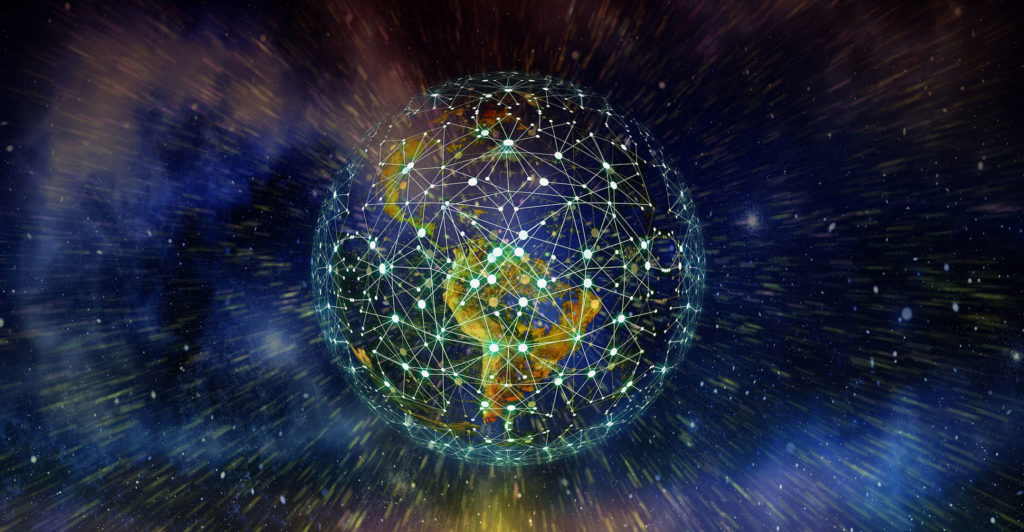 Setting aside the global health implications, Apple and its suppliers may have got lucky with the timing of the coronavirus outbreak.
Setting aside the global health implications, Apple and its suppliers may have got lucky with the timing of the coronavirus outbreak.
Not only is this low season for iPhone manufacturing, but the supply chain is the most decentralised it has been in a decade.
In 2010, when few people had even heard of Foxconn Technology Group, almost all of the Taiwanese company’s production facilities were in Shenzhen in southern China. The former fishing village, just across the border from Hong Kong, had earned the nickname iPod City for the iconic product made there.
Then came a spate of suicides among Foxconn workers that brought the global spotlight to the company, the city and the business model of using China’s migrant workforce to supply global markets. By the time Shenzhen found fame, it had become one of the country’s richest cities.
Chinese authorities, seeking to spread the wealth and develop the hinterland, had been urging companies like Foxconn to move inland, but they were reticent. The political pressure brought on by the suicides forced Foxconn’s hand, and the following year it shelled out a record US$3.2-billion in capital expenditures, setting up shop 1 600km away in Zhengzhou, Henan Province.
Great migration
The great inland migration was underway. But more than that, the decentralisation of Foxconn, and with it the global technology supply chain, was to become an irreversible trend. While Zhengzhou became the largest iPhone manufacturing hub, the broader impact of that shift was to ensure that no single site truly dominated electronics assembly. Today, Shenzhen shares the workload of supplying to Apple with more than 30 other manufacturing sites around the country. Foxconn, which operates under its flagship Hon Hai Precision Industry, also supplies Apple from plants in Texas and Vietnam. It also has sites in more than a dozen countries including Mexico and the Czech Republic for clients including Dell, Sony and Microsoft.
So, while Foxconn announced this week that it would quarantine workers returning to its Zhengzhou facility after the Lunar New Year break once production resumes on 10 February, it still has dozens of choices. Not all factories will be immediately equipped to assemble iPhones — some merely make lower-level components — yet the broad array of options means that Apple and Foxconn no longer have all their eggs in the Shenzhen basket.
What’s more, China itself is becoming less important to Foxconn, Apple and the broader technology industry. The protectionist policies of Prime Minister Narendra Modi of India have spurred the manufacture of smartphones locally. Beyond the iPhone, which is made in Chennai, Chinese smartphone brand Xiaomi is among those that are building devices outside of China. Other Taiwan companies — most electronics are made by Taiwanese — have set up shop elsewhere in Asia, with some even bringing production back home.
 Many blamed, or credited, the US-China trade war spurred by US President Donald Trump for companies moving away. That’s only partially true. In reality, dozens of companies had seen the need to reduce reliance on China many years earlier and did so quietly.
Many blamed, or credited, the US-China trade war spurred by US President Donald Trump for companies moving away. That’s only partially true. In reality, dozens of companies had seen the need to reduce reliance on China many years earlier and did so quietly.
In fact, by one measure, Foxconn’s China presence peaked eight years ago. Since 2012, its non-current assets in China have declined at least 25%.The biggest winner has been the US, which experienced a 10-fold increase in the same figure, mostly due to an influx of investment in 2018 as part of Foxconn’s pledge to expand in America. To be frank, I don’t see iPhones assembled in the US at scale anytime soon, but this decentralisation means it’s at least feasible.
To be sure, China is still important. In the past decade, more mid-level suppliers such as those that make components like camera lenses and touch-screen sensors are from China. But in many ways this has served to further diversify the supply chain away from the small collection of non-Chinese vendors Apple relied on previously. The result is not only a geographic dilution but a far broader range of vendors for global electronics brands to choose from.
As the world grapples with the human and health impact of the Wuhan coronavirus and speculate about its impact on business, the tech supply chain truly is less vulnerable than it has been in the recent past. — Reported by Tim Culpan, (c) 2020 Bloomberg LP




